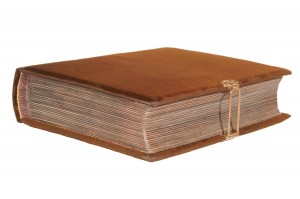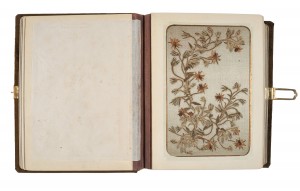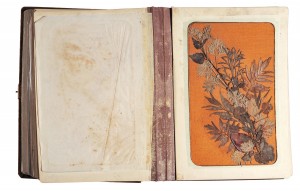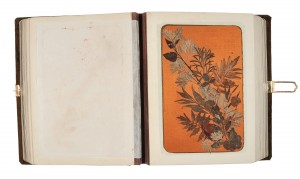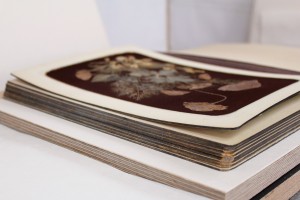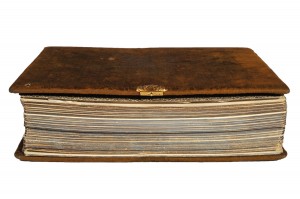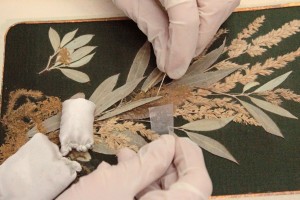Eliza Orzeszkowa summed up her passion for botany in a letter: “In a truly feminine manner I turned science into a play”. I was accompanied by similar sentiments throughout entire implementation of my degree piece – I was lucky “to fall in love” with my object, so any activities associated with learning to know it, understanding and finding appropriate methods of conservation treatment came primarily from the bottom of my heart. I wanted to find a way of preservation so that these compositions beautifully arranged by Orzeszkowa would not turn into dust in future. Collecting the information necessary for implementation of the thesis and devoting to it every single day of the last years of my studies, I also discovered how much fun I drew from research work related to conservation. I hope that treatments I have conducted will enable safe exhibition of this unique object, and it will be able to impress even more people.

Addressing the issues associated with conservation and restoration of Eliza Orzeszkowa’s artistic herbarium and stationery resulted from Sylwia Popławska’s fascination with these works. Amazement and curiosity, together with the desire to save an unusual object, guided her also over implementation of this extremely difficult project. Scarcity of papers on herbaria and lack of comprehensive studies on preventive measures and conservation of such collections brought this project far beyond the scope of a Master’s degree piece. It required systematic studies on history, technology, conservation issues and methods of storing of herbaria, and conducting a series of aging tests on contemporary models mimicking features of the original herbarium, both in terms of materials used and technique of production, in order to find a substance to reinforce dry plants and determine effects of de-acidification on compositions consisting of dried plants. Finally, thanks to the thorough research, consultation with experts in many fields of science and art, and perhaps above all, thanks to great passion, diligence, ability to analyse and “conservation-wise maturity” of the author, an excellent piece emerged.
dr Izabela Zając
B. 1988; studied at the Faculty of Conservation and Restoration of Works of Art of the Academy of Fine Arts in Warsaw (2007–2014). Speaker at research conferences: Art, Crafts, Industry of the Nineteenth and Twentieth Century – Conservation and Restoration, Toruń, 2012; 2nd International Conference for Students of Conservation and Restoration of Works of Art, Kraków, 2013; 8th National Interdisciplinary Student Conference TALENTY 2013, Wrocław, and Cultural Heritage Protection Seminar at the Polish Institute for World Art Studies, Warsaw, 2014. Authored and co-authored several research papers. She works in drawing, easel and mural painting, graphic design, book-binding and gilding.
